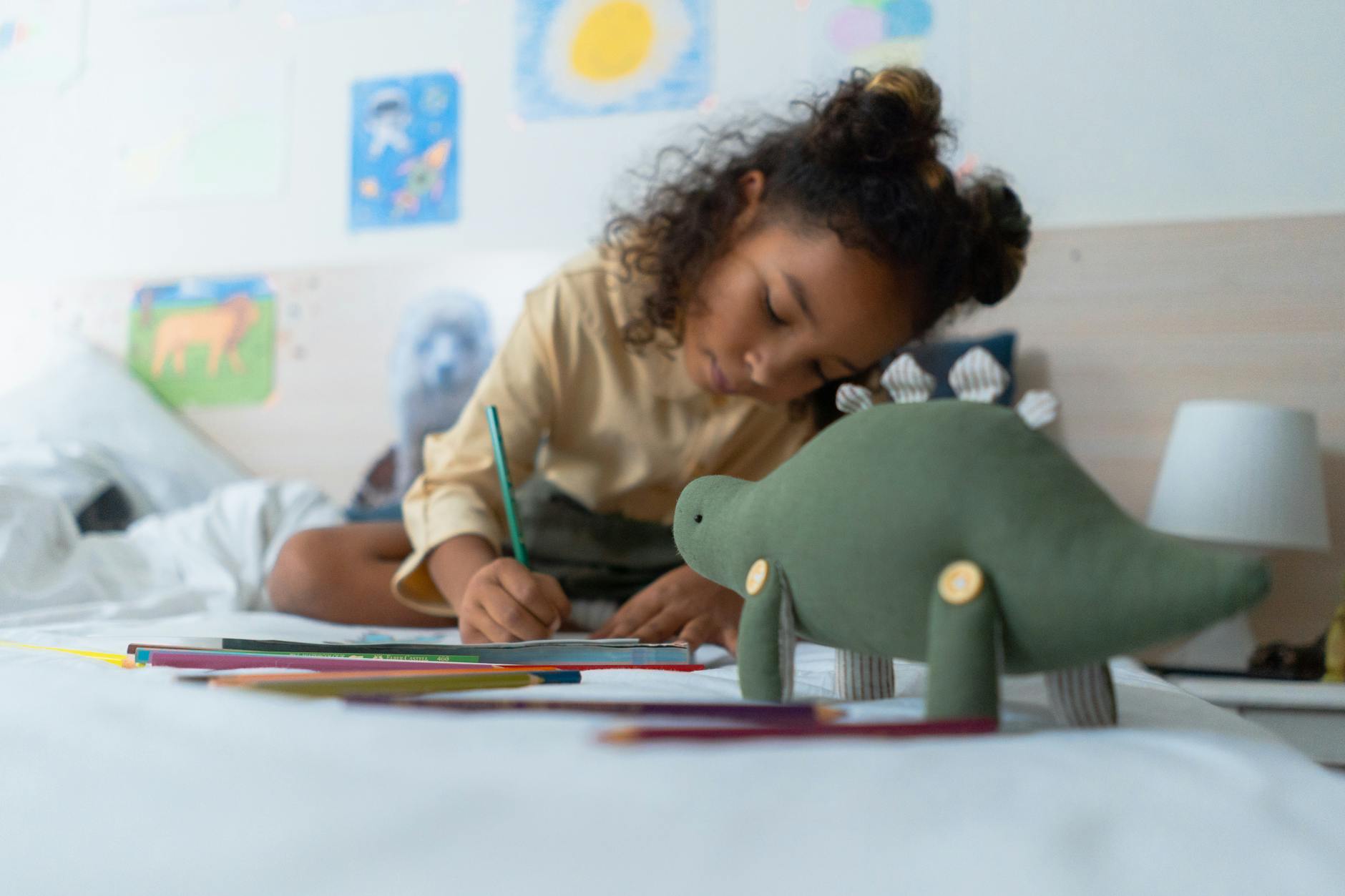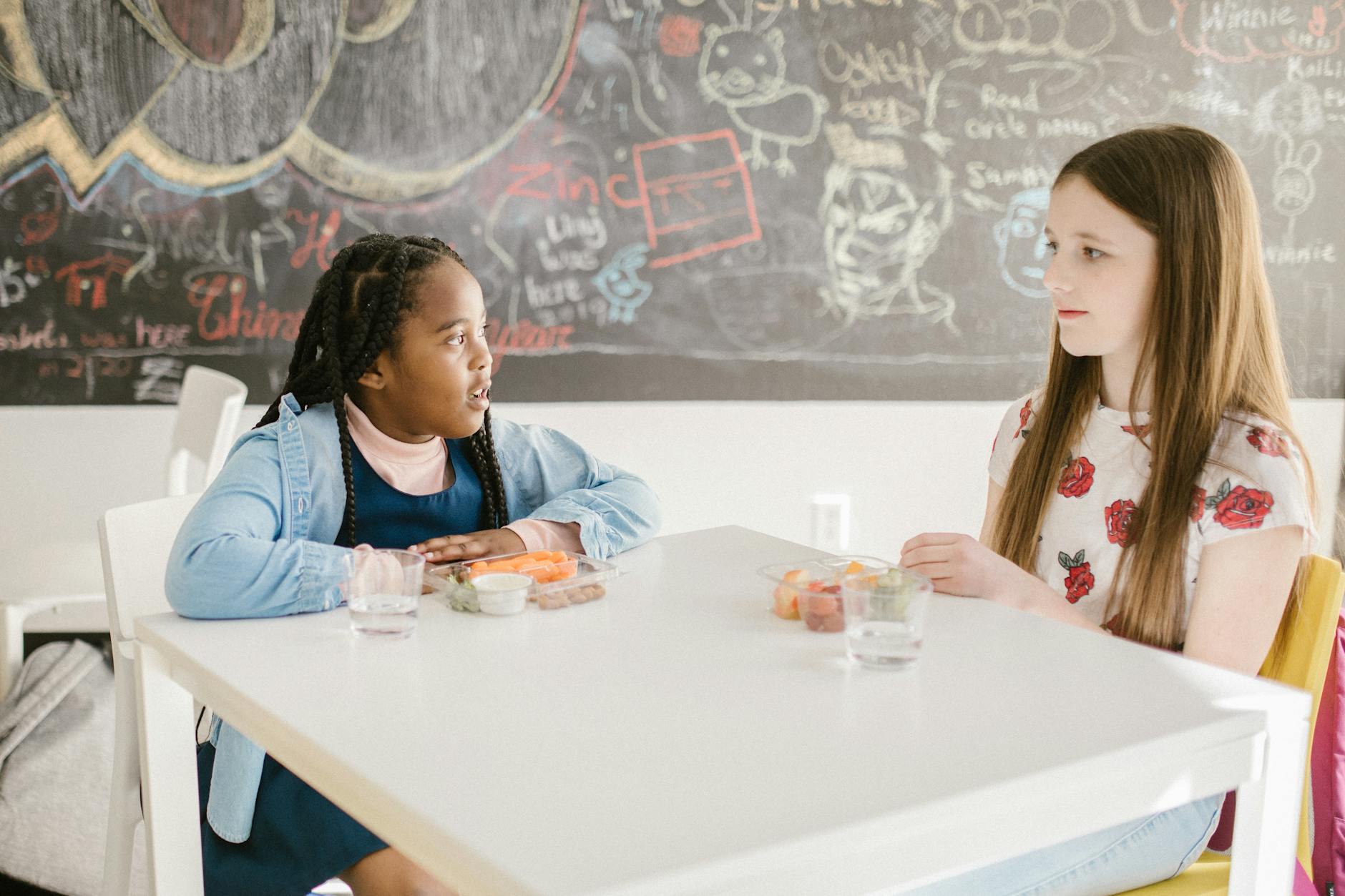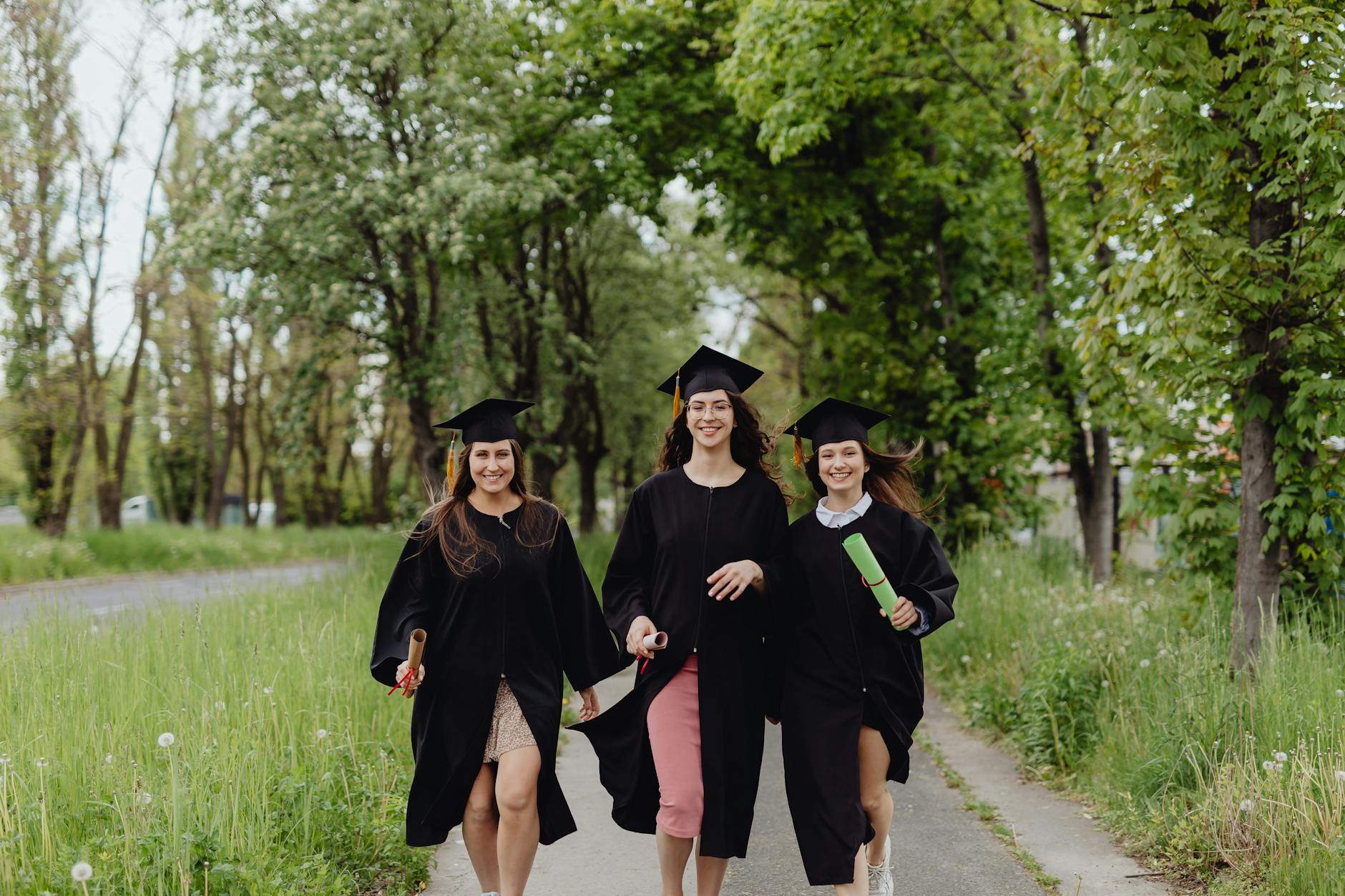Why Experiential Concepts Are the Future of Urban Planning in Australia

Experiential Concepts Explained
Core Elements of Experiential Design
Experiential design revolves around crafting environments that engage communities in immersive and meaningful ways. At its core, it involves integrating sensory elements that foster engagement and interaction. Locations like the iconic Sydney Opera House serve as prime examples, where architecture melds with culture, offering memorable experiences Sydney for locals and visitors alike. This approach prioritises elements such as accessibility, community involvement, and sustainability.
How They Impact Communities
The profound impact of experiential designs on communities is multifaceted. These designs invigorate local economies by attracting tourists and providing platforms for local artists to showcase their work. By promoting community engagement strategies, they encourage residents to participate in meaningful activities, developing a stronger connection to their environment. For instance, events like paint and sip Brisbane not only offer creative outlets but also unite diverse groups through shared artistic experiences.
Examples in Urban Settings
In urban settings, experiential design can transform public spaces into vibrant community hubs. Consider Sydney's Barangaroo Reserve, where innovative design meets cultural heritage, creating a lively public precinct that resonates with community spirit. Such examples highlight the potential for urban landscapes to evolve into dynamic environments that reflect both local culture and contemporary design practices. These spaces provide inclusive areas for gatherings, art installations, and events that enhance community cohesion.
Urban Planning Trends in Australia
Urban planning in Australia involves an intricate balance of modernisation and retaining cultural heritage. As an architect deeply immersed in community projects around Sydney, I see urban planning as a canvas that requires both tradition and innovation. One noticeable trend is the rise in popularity of paint and sip events, which are becoming popular as community-focused activities that blend social interaction with creative output. This trend is reflective of how spaces can be transformed to foster and encourage community engagement.
Current Shifts in Australian Cities
Australian cities are witnessing a shift towards more inclusive and collaborative planning processes. The rise of inclusive date ideas Sydney is a prime example of how urban environments are evolving to enhance community participation. These ideas are not merely about romantic outings but represent an inclusive engagement with the city's cultural and public spaces. For instance, spaces around Barangaroo Reserve are being reimagined to allow for more communal activities. This effort to integrate cultural experiences into urban planning not only enhances community interaction but also supports local economies.
Balancing Tradition and Innovation
Balancing tradition with innovation is a crucial aspect of modern urban planning in Australia. While newer developments focus on futuristic designs, they also respect and incorporate historic elements, ensuring that heritage is appreciated and preserved. The Royal Botanic Garden Sydney, for instance, seamlessly combines natural beauty with contemporary public interaction spaces, serving as a template for future projects. This blend creates vibrant and dynamic urban spaces that reflect community values.
Government Initiatives and Policies
Government initiatives play a pivotal role in shaping urban trends. Policies increasingly favour sustainable practices and community-oriented developments that contribute to a livable environment. In recent years, there has been a concerted effort to embed sustainability in design, seen in public projects across Sydney. This shift is not just a reflection of policy but indicates a broader cultural movement towards more sustainable and community-focused urban environments.
Benefits of Experiential Planning
Enhancing Community Engagement
Communities thrive when they're actively involved in shaping their environment, and experiential planning offers just that—a dynamic means to foster engagement. In cities like Sydney, where landmarks abound, utilising spaces such as the Royal Botanic Garden Sydney can significantly bolster local interaction. Encouraging activities such as experience gifts allows for a myriad of engaging experiences within community settings. This approach not only strengthens community ties but also inspires locals to take ownership of their surroundings.
Promoting Sustainable Development
Experiential planning has the power to seamlessly blend with sustainable development goals. By incorporating eco-conscious practices into community spaces, we promote an environment that respects natural resources while providing enriching experiences. Integrating these elements helps create urban spaces that are not only vibrant but also environmentally resilient.
Supporting Local Arts and Creativity
Urban planning that prioritises experiential design often turns to local artists and creative minds to manifest their vision. The introduction of innovative date ideas Melbourne can serve as a prime example of how art and creativity can be woven into the social fabric of a community. By supporting local talent, cities can grow cultural hubs that enrich both residents and visitors, fostering a broad appreciation for artistic expression.
Ultimately, through experiential planning, communities can become enriched spaces filled with opportunities for engagement, sustainable growth, and creative expression.
Designing Inclusive Spaces
Incorporating Diverse Voices
Creating inclusive spaces requires genuine effort to integrate cooking classes Adelaide as part of community-focused projects. As a Sydney-based architect, I often engage with residents through interactive workshops to ensure that the voices of all community members are considered in our designs. I strive to build spaces that are reflective of the community's cultural and social diversity. It's essential to establish platforms where residents can share their ideas and aspirations, thus fostering a sense of ownership and belonging.
Accessibility and Inclusivity
Accessibility should be at the forefront of every design project. This means ensuring that spaces cater to individuals of varying physical abilities and ages, enriching their daily life experiences. For example, designing ramps alongside stairs and incorporating tactile paving can make a substantial difference. By considering these factors early in the planning stages, architectural designs can ensure that everyone has the opportunity to equally participate in and appreciate public spaces.
Creating Spaces for All Ages
Designing environments that engage different age groups is crucial. Integrating multi-generational spaces, where people of all ages can coexist, encourages mutual respect and understanding among community members. For instance, a park with areas for both physical fitness and leisure can successfully bring together families and individuals, nurturing community spirit. Additionally, experiences Melbourne have demonstrated how innovative urban design can cater to diverse audiences, providing opportunities for people to connect and share experiences in vibrant settings.
Building the Future: Overcoming Barriers to Experiential Planning
Tackling Resistance to Change
Navigating the landscape of urban design often entails encountering resistance from various quarters. Residents in areas like Barangaroo Reserve and even admirers of structures like the Sydney Opera House might feel attached to traditions, hesitant to embrace new concepts that disrupt familiar settings. To address this, it's crucial to involve community members in the early stages of planning. Facilitating open discussions can create a platform for sharing ideas, allowing the community to see the Sydney city planning evolve through their contributions. Fostering trust between architects and residents ensures more positive receptivity toward change.
Addressing Resource Limitations
One of the most significant barriers faced in community-centric projects, such as those envisioned around the Royal Botanic Garden Sydney, is resource allocation. Whether it's due to budget constraints or limited manpower, resources can often appear scarce. Prioritising critical elements that align with community needs can ensure efficient utilisation. Leveraging local talents and volunteer efforts also introduces innovative solutions, often cost-effective, that are deeply rooted in the community's fabric. Collaborating with local councils can also aid in unlocking additional funding, making the dream of transformational design more achievable.
Securing Long-Term Sustainability
While designing for immediate impact is important, ensuring the long-term sustainability of experiential spaces is essential. For these projects to thrive over decades, they must adapt to changing environmental and societal needs without losing their essence. By integrating sustainable materials and practices from the start, urban planners can prolong the lifespan of their projects. Additionally, considering regular feedback loops from the community will foster continuous improvement and relevance, maintaining the spaces as vibrant parts of Sydney's urban tapestry.


